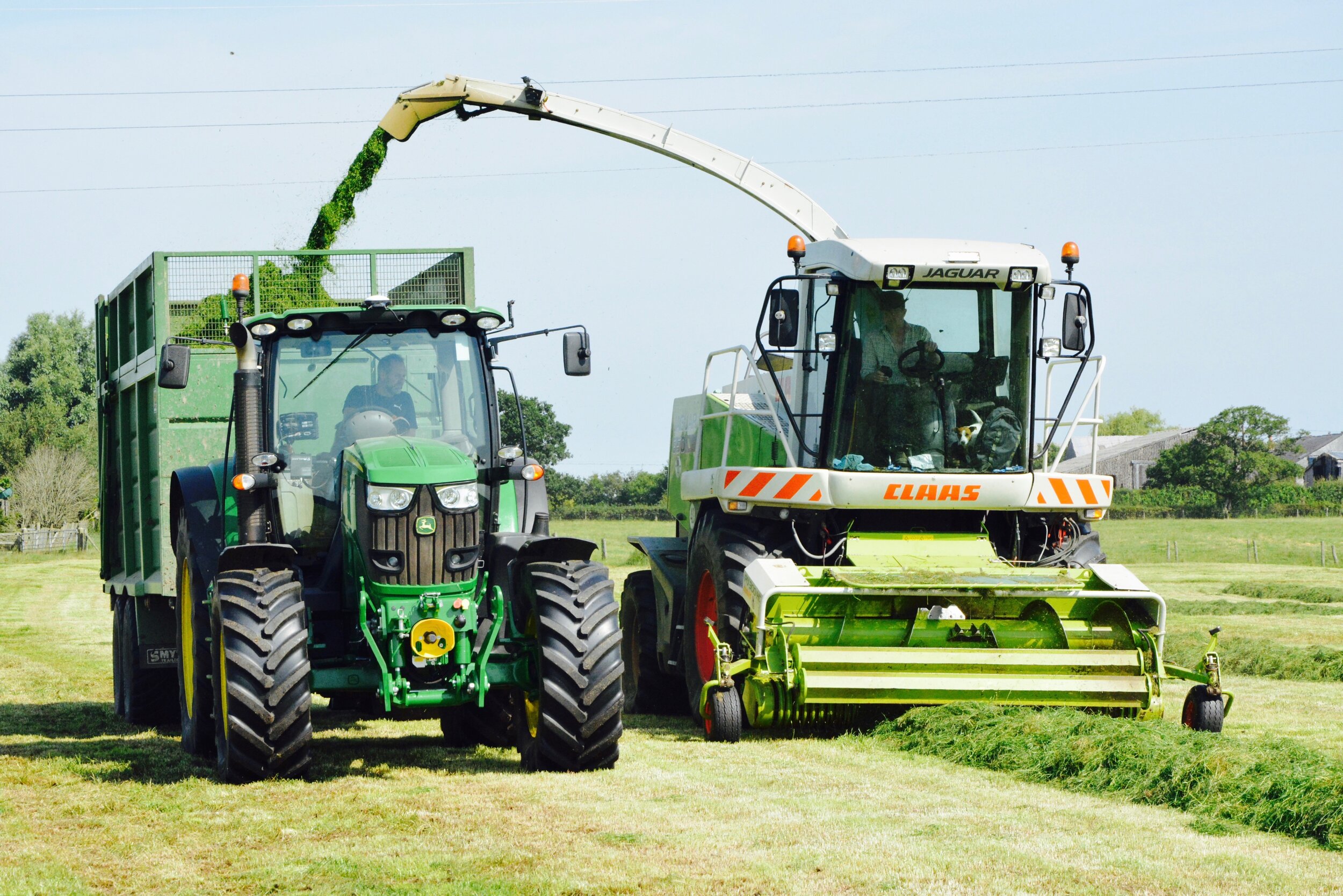
Keep off the grass!
……what does matter is where the trailer and its tractor are putting their tyres. Come to that, where everything other than the chopper is putting its tyres is really important.

Cutting whole crop silage
So what is the right bit of kit to harvest wholecrop silage? Well there are options to consider and choosing the right on for your crop depends on your crop.

Silage Clamp Safety Rails
An often-overlooked element of a silage clamp is the handrail that runs (or should run) around the top of the walls. In so many cases the rails are damaged, missing or just not capable of doing the job of keeping everyone safe. Many are the clamps where the rails show the scars of those unintentional handrail / buckrake interfaces and it’s quite clear that there will only ever be one winner in that meeting. So why don’t we make a more robust barrier that will take some proper punishment from the buckrake man?
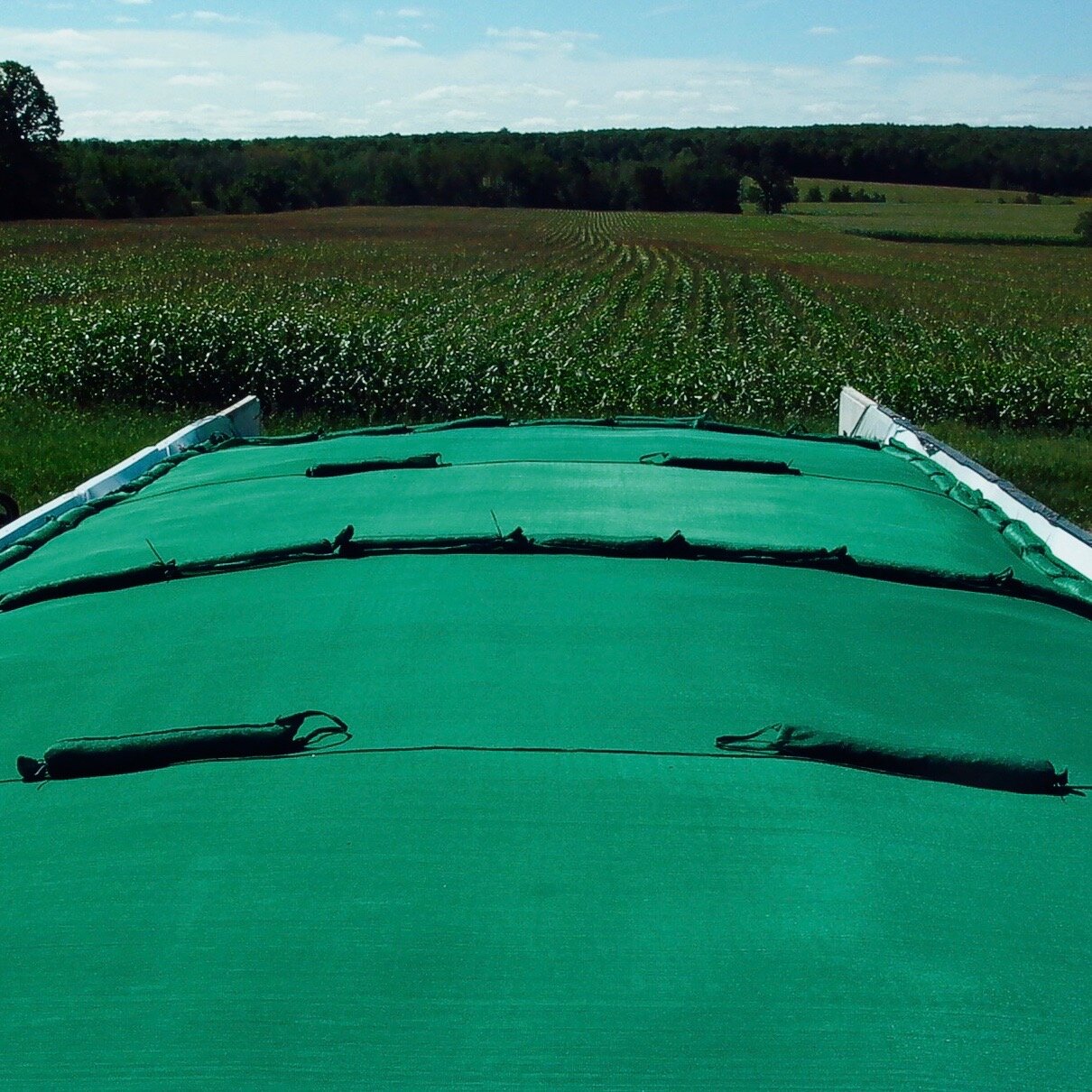
There has got to be something better than old car tyres
I’m sure we have all been there – standing atop a silage clamp throwing tyres whilst covered in foul smelling “silage tyre juice” - and I’m sure many have had the thought “there must be a better way than this”. Well there are certainly lots of alternatives, but why do we still cover silage with old car tyres and what are the advantages and disadvantages of alternative solutions?

Is tap water OK for your silage inoculant?
All, or almost all, silage inoculants are supplied as either a powder or as concentrated liquid that’s diluted with water, but when was the last time you read the label?

Silage pH - when is it low enough?
The principal of making silage is well understood, pile it up, cover it up and let the bugs make some acid to get the pH down – that’s it isn’t it? And yes that’s about it, but what pH are we really looking for and what pH is “low enough”?

Silage trailer options
Traditionally there were two choices, self-unloading or tipping trailers, but today compactor or ejector trailers are a more common sight running in and out of silage clamps.
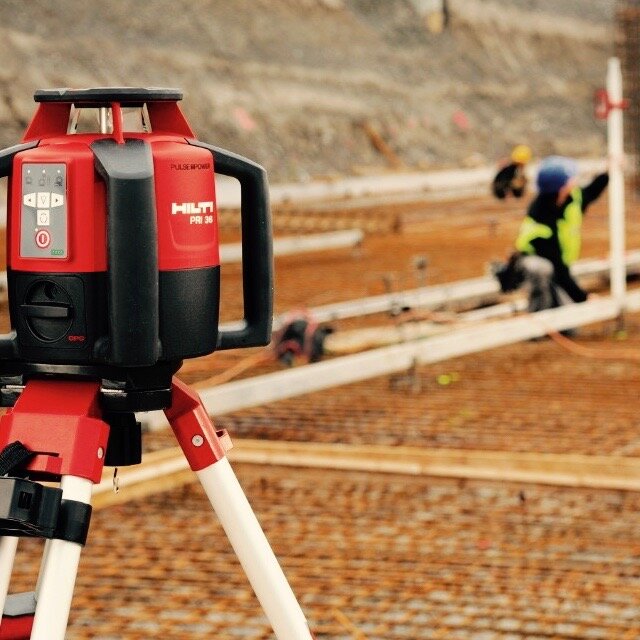
Silage clamp floor falls
So why do most silage clamps have floors that are not level? The reason often quoted is “so the effluent can run out” but this is not really the whole story.

Making silage in a cold dry spring
The spring of 2021 might have just given us a taste of what much of the world has to face, cold dry conditions. For anyone trying to produce forage crops it’s a challenge we are not that familiar with.

When rain stops play
So the storm clouds are gathering, the weatherman got it wrong again and the RainToday app tells the sorry story of rainfall in the next half an hour. Sod’s Law states that you are halfway through the critical silage harvest so just what should you do?

Rolling in the Stones
These is a lot to do when conditions allow and one of the least glamorous jobs is rolling the grass pasture, but it’s a vital part of making great silage isn’t it?

Is it possible to make silage clamp walls higher?
Running out a silage clamp space is problem that most of us have faced, be it a bumper year or expansion in the enterprise. If you didn’t stick to the old adage “build it twice as big as you want and it will be half as big as you need” when it was constructed, there will come a time when you need to consider more clamp capacity.

Looking after the face
Even if you don’t take much care of your own face….. you really should be taking good care of your silage face.
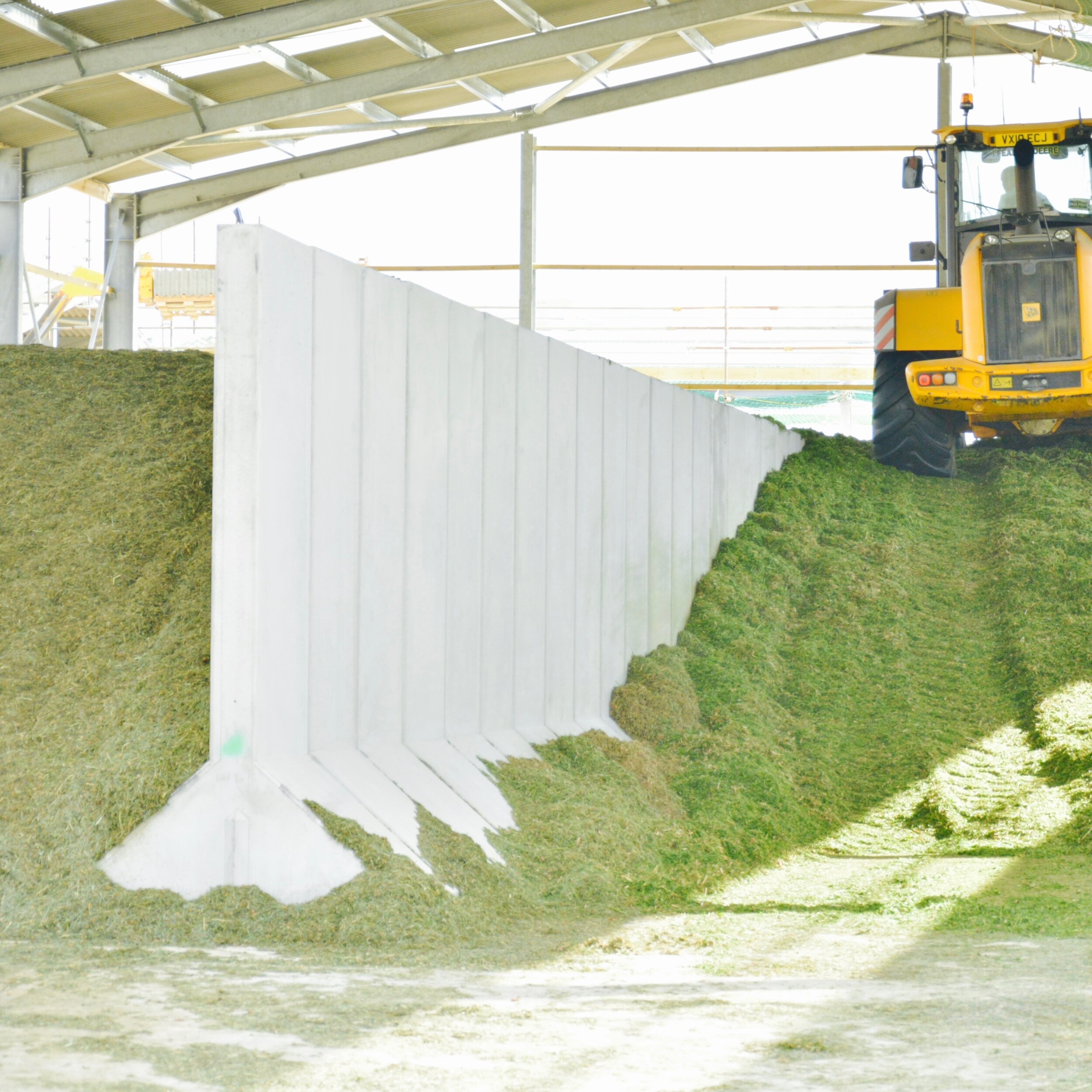
The value of dividing walls
Introducing a dividing wall into your silage clamp might just be one of the better investment paybacks any farm can make.

Testing, testing - silage analysis
Pretty charts are all very interesting but if you rely on forage the data contained in a your silage analysis is the key to unlocking the financial success of your business. So how can you get the most out of your silage analysis and use this to your advantage?
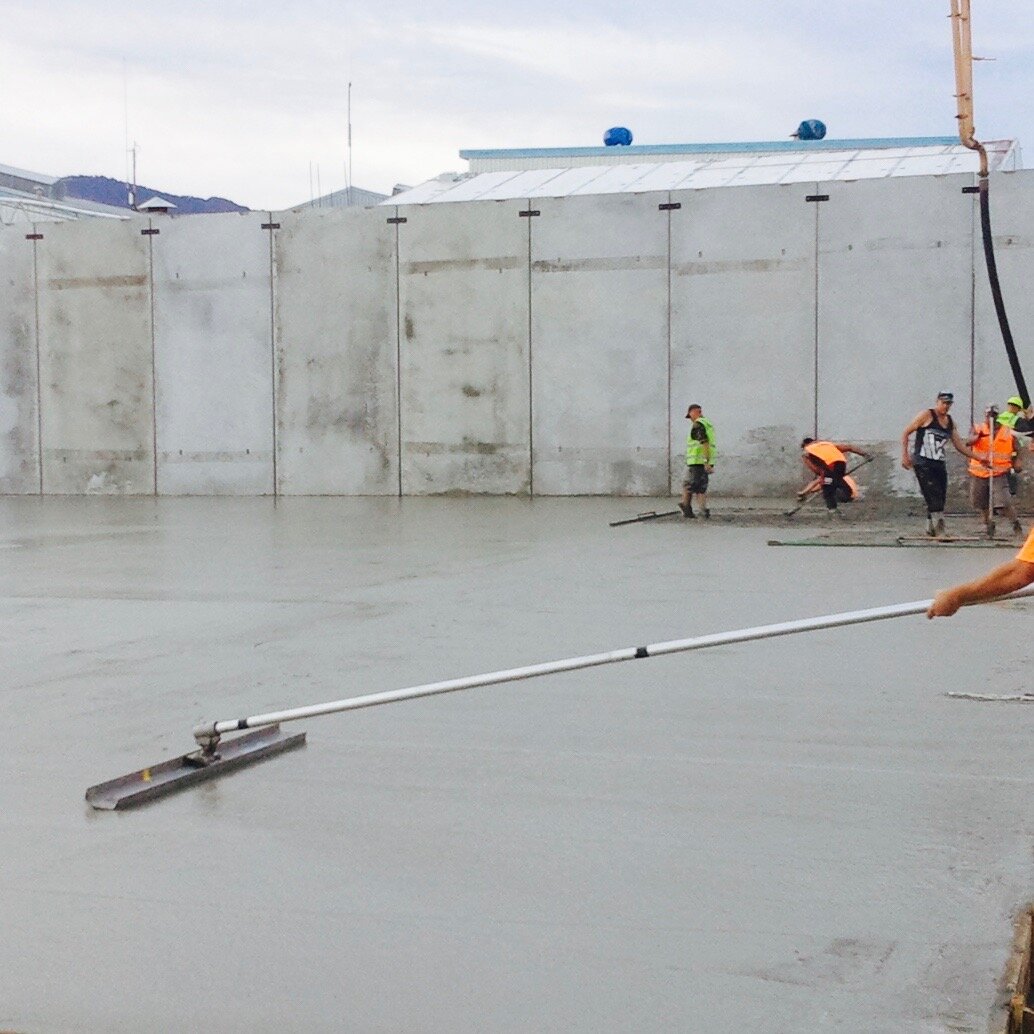
What’s the best silage clamp floor?
Concrete silage clamp floors are part of the landscape, it’s what we have always done, but is there a better way? There might be - and there certainly should be -

Long Term silage storage
How long can you safely store silage and still have a produce that has reasonable feed value?

Moving Silage
We all need to move silage, from the field to the clamp, from the clamp to the cattle or the digester. But what about moving silage from one clamp to another – how possible is that? Can you move silage and successfully re-store it?……
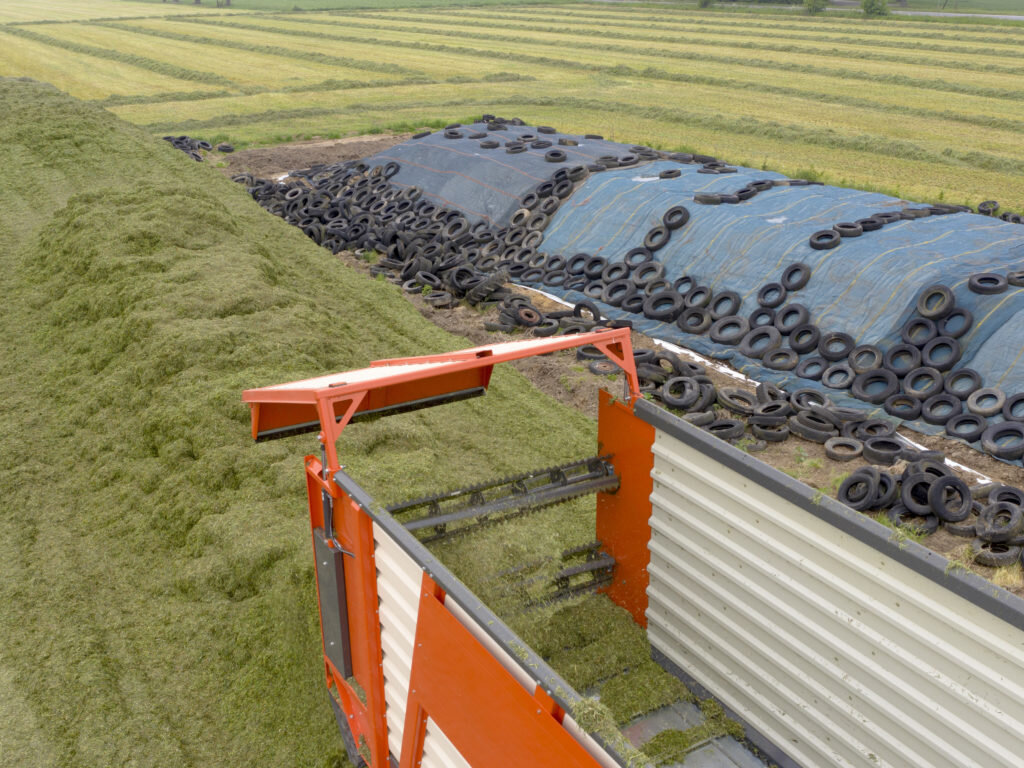
Temporary silage clamps
The 2020 UK maize harvest look like it’s going to produce good yields and maybe you’re in the tricky position of not having enough clamp space

Planning for more silage storage
The best way to build extra storage silage space is to plan for it at the very beginning, that way you might just save yourself a deal of stress and headache, along with a significant amount of money.